The decline in overall funding, and the greater share taken by larger owners, have made it harder on smaller owners to survive (as Butler points out). As a result, the patronage of the larger owners is crucial for the survival of trainers (as Walsh points out).
Maybe the sport is again becoming the 'sport of kings'. The Gigginstown House Stud was the leading prize money winner in 2013. Ryanair's Michael O'Leary as the High King of Ireland?
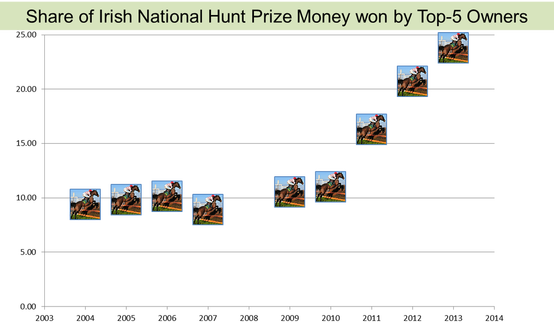
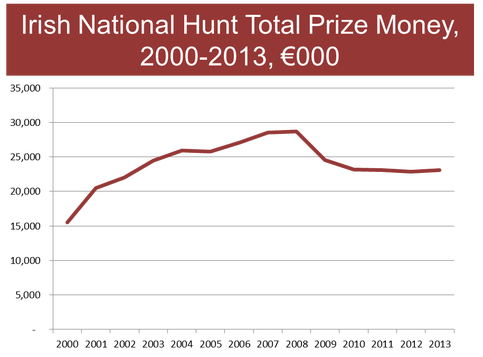
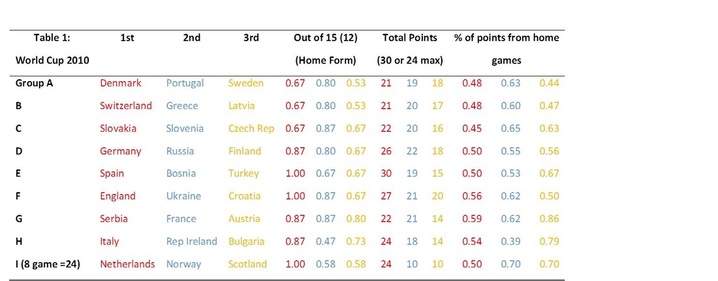
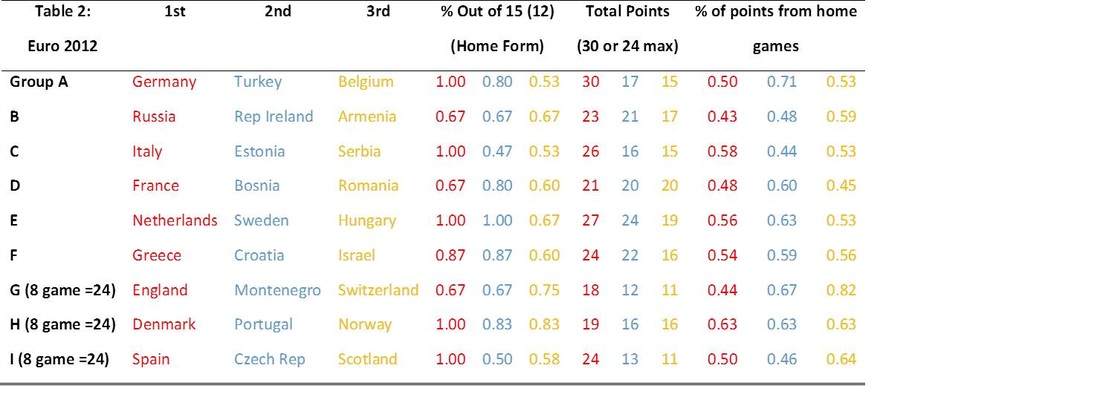
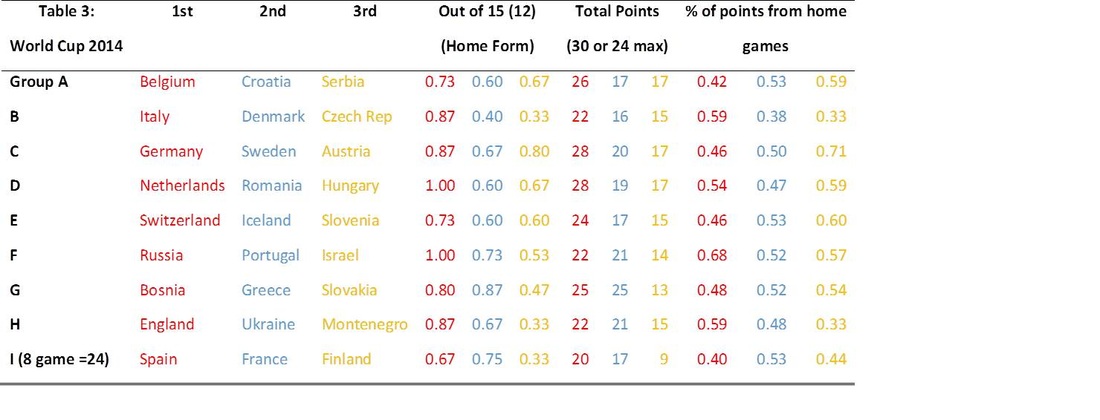
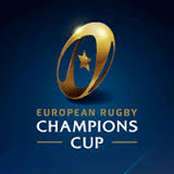

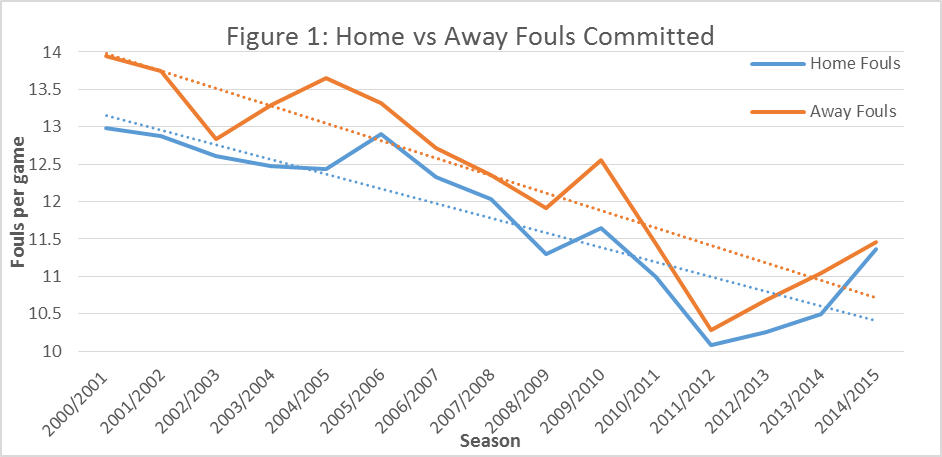
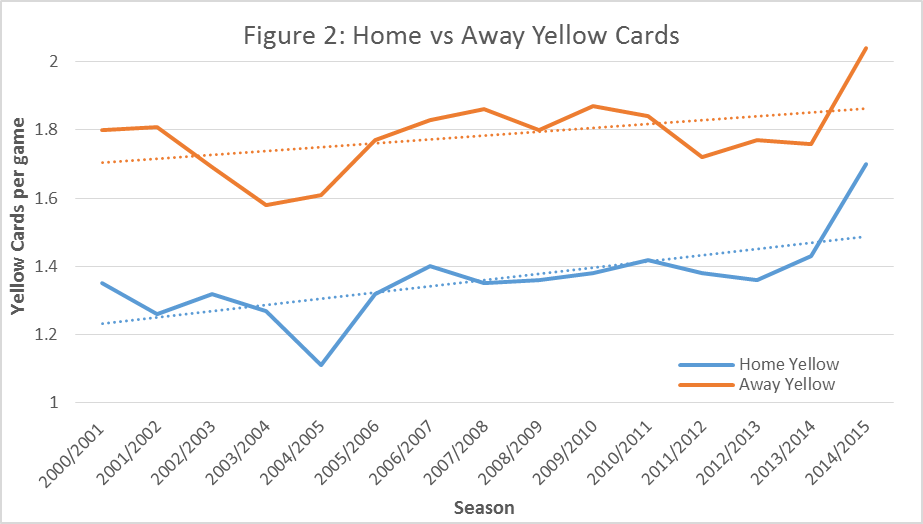
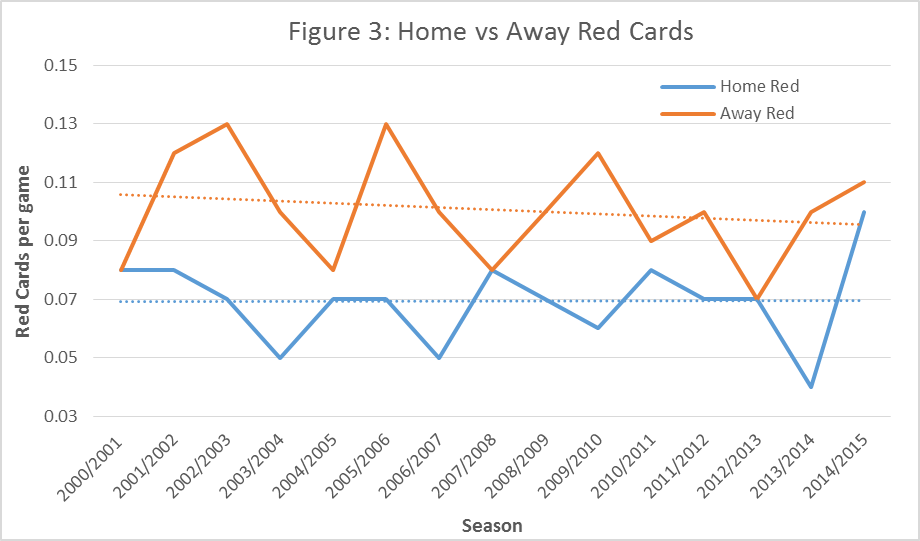
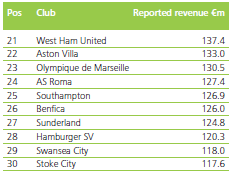
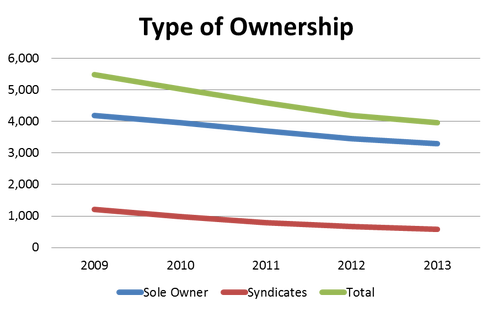

 RSS Feed
RSS Feed